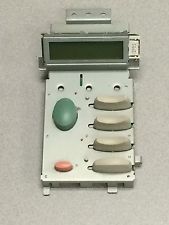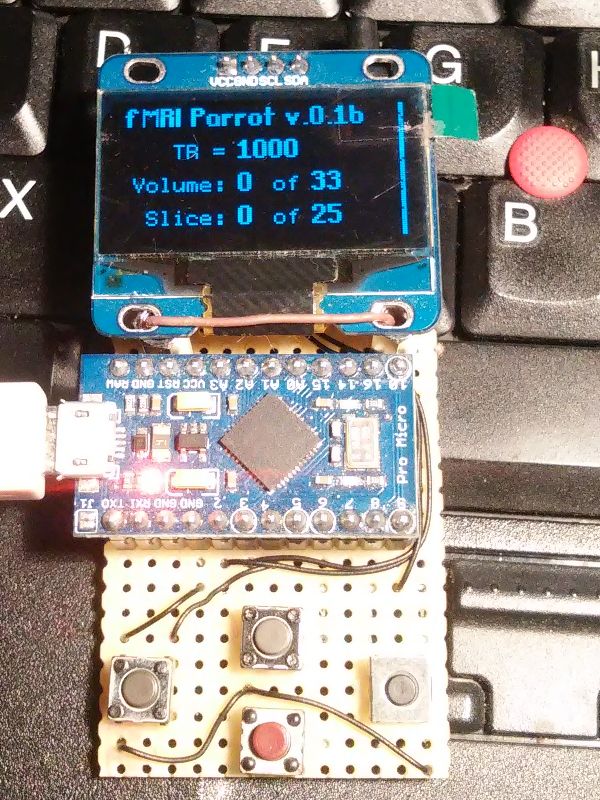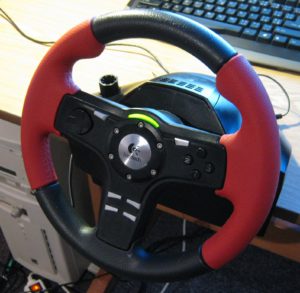Mkay, let’s switch from Arduino IDE to some more user friendly.
I need Arduino, PHP, Python and i woukl like to switch to STM32 ‘Blue pill” instead of AVR core.
Seems like Eclipse community has developed some support on Arduino: need to mention Sloeber to bringing more pleasant UX to Arduino community. STM32duino community has an nice wiki post on installing Sloeber on Eclipse, yet it’s not up to date right now:
- Arduino plugin JSON link right now resides in http://eclipse.baeyens.it/update/V4/stable instead of
http://www.baeyens.it/eclipse/V2. - You don’t need to update to CDT 9.1, as Eclipse has CDT 9.4
- You do need to install support for SAM boards from “Arduino”->”Preferences”->”Platforms and boards”, mainly “Arduino SAM Boards (32-bits ARM Cortex-M3)”
- The GNU C/C++ compiler, provided with SAM boards is quite oldish, IMHO – it tells “4.8.3-2014q1”. I have a GNU Arm Embedded Toolchain in “C:\Program Files (x86)\GNU Tools ARM Embedded\7 2017-q4-major” and it seems quite legit to replace “A.RUNTIME.TOOLS.ARM-NONE-EABI-GCC.PATH” projec’t variable with the path above and the compilation is performed using the GCC v7 binaries.
Right now i have some older Arduino sketches that I would like to port to STM32: I like the on-board USB, increased pin count and the idea of J-Link debugger.




